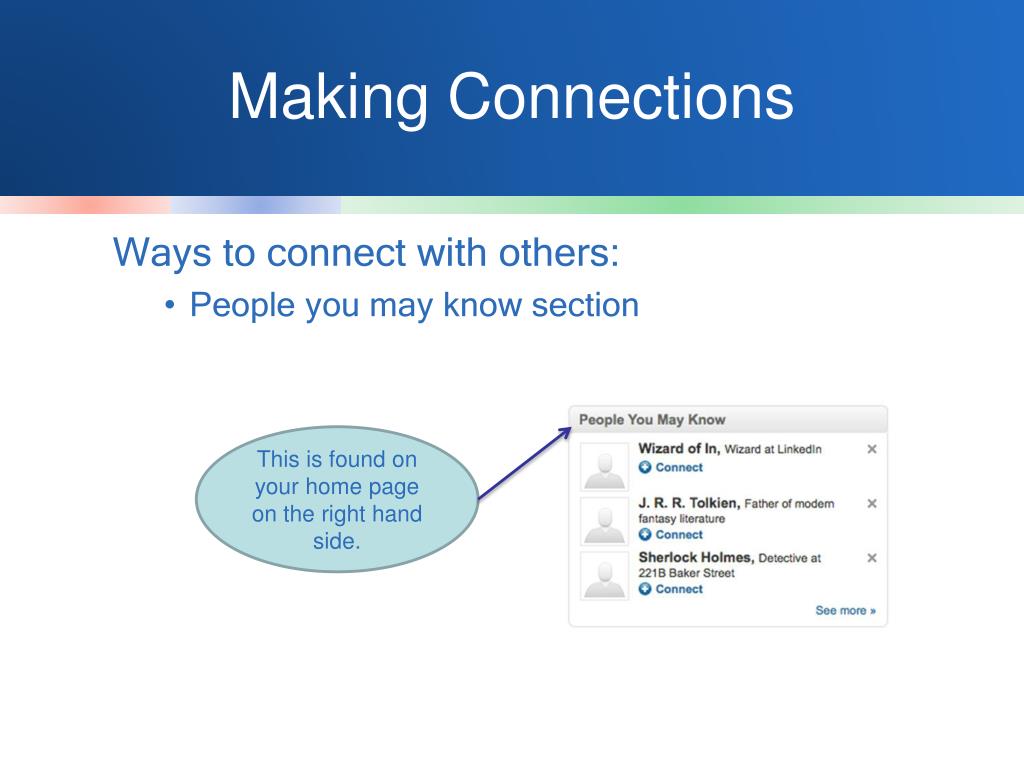


I often refer to resume-writing as telling your whole career story in half the words. Most likely, you've worked hard to craft a professional resume that is only one or two pages long, sharing the most relevant highlights and important information about your career. The most important thing to know about writing LinkedIn content is that it should not just be a cut-and-paste of your resume. Dedicate the time and intellectual power necessary to write a profile that is interesting, captivating and distinctive. Most important, you'll learn how to write content that makes you unique and memorable so that readers know who you are, what you do and how well you do it.Ī caveat for those who are actively looking for a new job: Know that LinkedIn is just as important to your search as your resume is. With this understanding of how important LinkedIn is for the management of your career-today, tomorrow and in years to come-this article will focus on creating LinkedIn content that accurately positions, brands and aligns with your current and long-term objectives (whether you're searching for a job or not). That's a strong statement but a reality in today's world where having an online presence is a must, whether you are looking for a new job or simply strengthening your professional visibility. Many hiring executives and recruiters will tell you that if you're not on LinkedIn, you don't exist. It's the single most important networking venue (online and off), it's where prospective employers and recruiters can learn more about you, it's where you can learn more about others, and it's the best resource for "people" information and connections.

That is not the case today.īeing on LinkedIn is a must for every working professional. Five years ago, if you posted your LinkedIn profile, you were most likely looking for a new career opportunity.


 0 kommentar(er)
0 kommentar(er)
